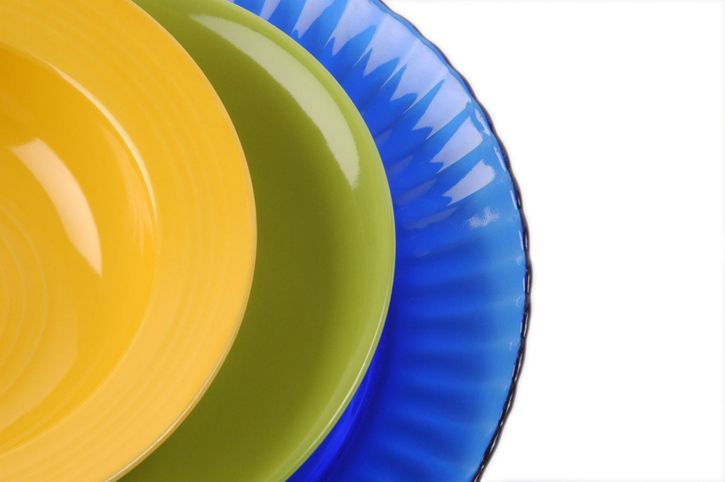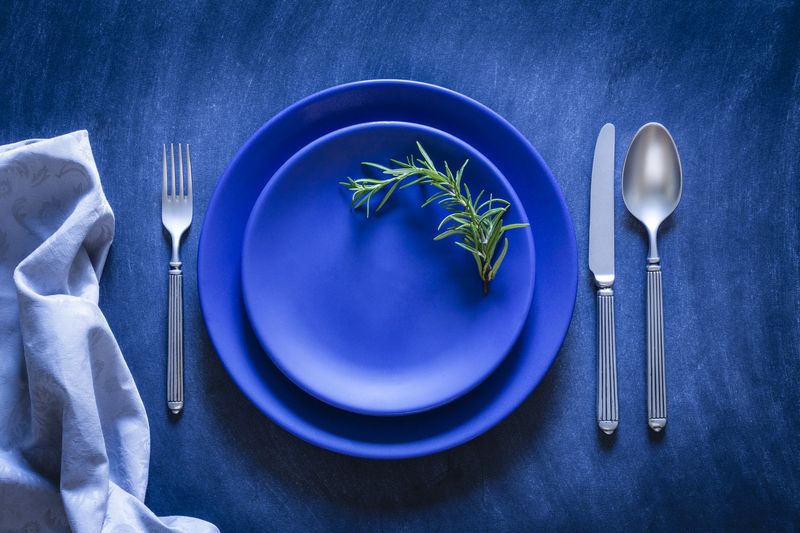Jakarta –
The color of the dining plate used everyday can apparently affect how much food enters. If you are on a diet, you should choose the color of a dining plate like this.
Plate is one of the main tools for enjoying food. Become a coasters or containers so that food is easier to eat.
Generally the plates used are chosen randomly, without special purposes. In fact, the color of the plate chosen can affect how much food intake into the body.
Scroll to Continue with Content
According to research called the Times of India (06/08/2020), the color of the plate plays a role in which people tend to eat less if there is a higher color contrast between the plate and food.
If you eat foods that are darker, but served in brightly colored plates can make you eat less.
The reason is the portion of the food becomes look bigger because it stands out on a brighter plate.
 The color of the plate can affect someone to eat more or less. Photo: Getty Images/Istockphoto/Deborahwolfe The color of the plate can affect someone to eat more or less. Photo: Getty Images/Istockphoto/Deborahwolfe |
Bright colors, such as yellow, orange, and red, are known to be the most stimulating appetite.
Colors, especially red can increase blood pressure and heartbeat. Make the body feel more hungry.
Even so, a professor at Oxford University, Charles Spence actually said the opposite.
According to him, a study found that enjoying unhealthy foods, such as savory snacks or biscuits served in a red bowl or plate, can make someone eat less.
For plates that have dark colors, such as gray, black, brown, purple are actually considered capable of suppressing appetite.
Thus, eating on a dark plate is likely to make your appetite decrease.
 The most recommended dark blue plates. Photo: Getty Images/Istockphoto The most recommended dark blue plates. Photo: Getty Images/Istockphoto |
However, among the many colors of the plate, the most recommended is a dark blue plate.
Research called the Times of India site shows that eating on a dark blue plate can help you control the size of the portion in a better way.
In addition to color, the shape is also important to note.
If you have the purpose of losing weight, use a glass or bowl that is tall and narrow than the wide ones.
The amount of capacity may be the same, but research shows that people feel like more portions when using a high and narrow version.
(aqr/adr)






